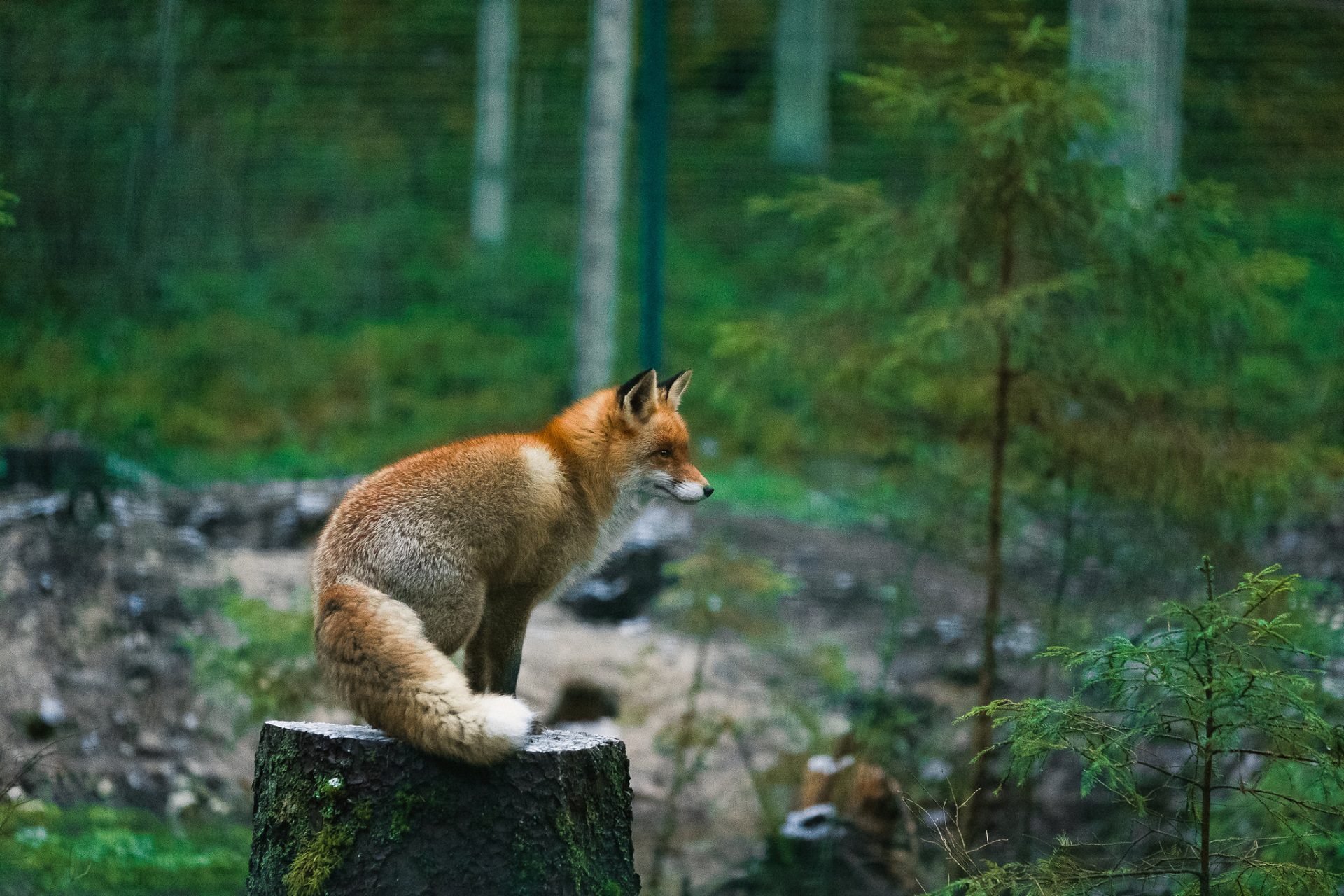Latvia, a country renowned for its breathtaking landscapes and rich natural heritage, is a leader in environmental conservation and biodiversity protection. With 658 specially protected natural territories covering 13% of its land area, Latvia’s commitment to preserving its natural wonders is evident. This is further exemplified by Latvia’s extensive forests, accounting for approximately 50% of the country’s territory, serving as havens for diverse flora and fauna. These forests are not only crucial for maintaining ecological balance but also act as sanctuaries for a wide range of biodiversity.
Latvia has many different categories of protected areas, including national parks, biosphere reserves, nature parks, protected landscape areas, nature reserves, nature monuments (alleys, dendrological plantings, geological or geomorphological objects), protected marine areas, as well as notable trees and large boulders. While other countries may protect entire mountain ranges (the highest mountain in Latvia is Gaiziņkalns (312 m)) made of rocks, in Latvia, we take pride in protecting even our boulders.
Latvia’s national parks, such as Gauja, Ķemeri, Rāzna, and Slītere, play a pivotal role in conservation efforts. These parks are also included in Natura 2000 sites. Gauja National Park, the largest and oldest in Latvia, is a wildlife refuge and a biodiversity hotspot. It is home to over 900 plant species, 149 bird species, and 48 mammal species, making it a vital conservation zone. Equally significant is Ķemeri National Park, renowned for its wetlands, bogs, and medicinal mud. It supports a wide range of species, including the rare and protected black stork and the European tree frog.
Beyond the land, Latvia’s commitment to protecting rare species extends to its marine life as well. The Baltic Sea, with its unique brackish water ecosystem, is home to species found nowhere else in the world, for example –Baltic herring (Clupea harengus membras). Latvia actively engages in initiatives to safeguard this fragile marine environment, including addressing pollution and overfishing, which threaten its biodiversity.
Latvia’s efforts in environmental conservation are further strengthened by its participation in international environmental agreements and initiatives. The country has signed numerous global conventions aimed at protecting biodiversity, combating climate change, and promoting sustainable development. By engaging in agreements such as the Convention on Biological Diversity, the Paris Agreement and Kyoto Protocol, Latvia demonstrates its commitment to ensuring global environmental care.
In addition to national and international efforts, Latvia places a strong emphasis on public engagement and education in nature conservation. Programs aimed at raising awareness about the importance of biodiversity and sustainable practices are widespread. Educational initiatives, such as those implemented by the World Wide Fund for Nature (WWF) Latvia, involve people of all ages in nature conservation activities, fostering a sense of responsibility and connection to the natural world. Latvia’s State Forests (LVM) offers a variety of forest education programs designed to foster a love for nature and an understanding of sustainable forestry practices among people of all ages.
Latvia’s commitment to protecting the environment and conserving biodiversity is a big part of its culture, starting from a young age. Environmental education is a key part of Latvian schools, making sure that kids learn how to care for nature. This focus on the environment goes beyond the classroom, with many after-school activities and nature camps that help children connect with and appreciate the natural world.







